Muslim Unity at the “Ummat Ahmad” Festival on the Prophet’s Birthday
Iran Hosts the World’s Largest Celebration of the Prophet Muhammad’s Birthday
Shiite clergy reinforce community and social support
In Iran’s Shiite tradition, religious clergy aren’t confined to sacred spaces. Instead, they play an active role in the daily lives of citizens—offering guidance, solving social issues, and reinforcing neighborhood solidarity. This dynamic is especially evident in the mosque, seen not only as a place of worship, but as the beating heart of communal life.
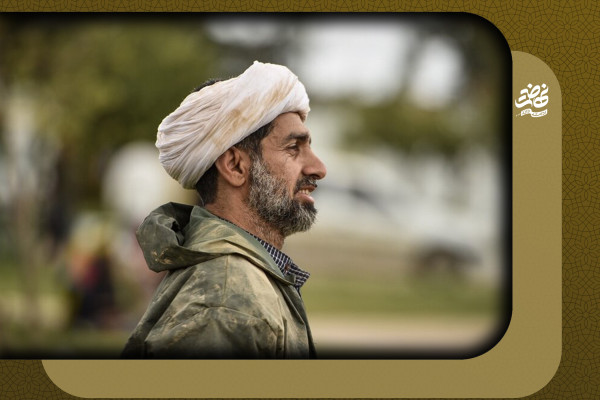
The Heartfelt Bond Between Iranian Clergy and the People
To be honest, the relationship between Iran’s religious clergy and the people is deep and widespread. Unlike many religions where clergy are confined to religious spaces, in Iran—especially within Shiite belief—clergy are actively present in people’s daily lives and try to help solve their problems in various situations.
According to this Islamic perspective, a mosque is not just a place of worship, but also a hub for social interaction among neighbors, fostering familiarity and enabling people to help one another. This view sees the mosque not merely as a religious site, but as the beating heart of the neighborhood—playing a vital role in the progress and well-being of the community.
2025-04-21
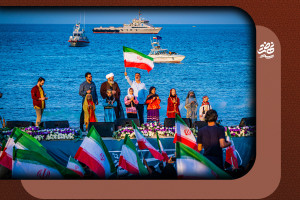
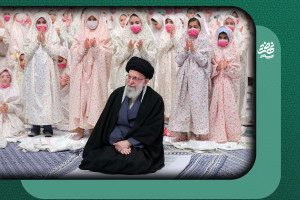
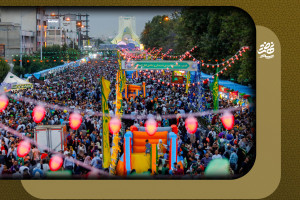


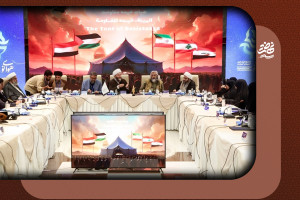
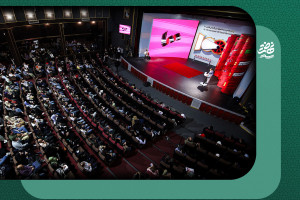
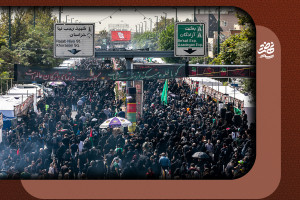
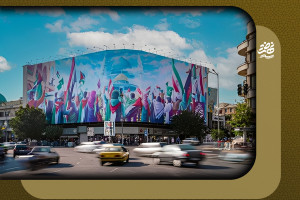
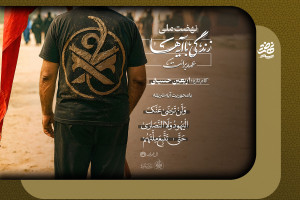




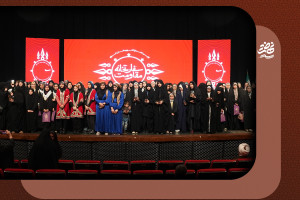
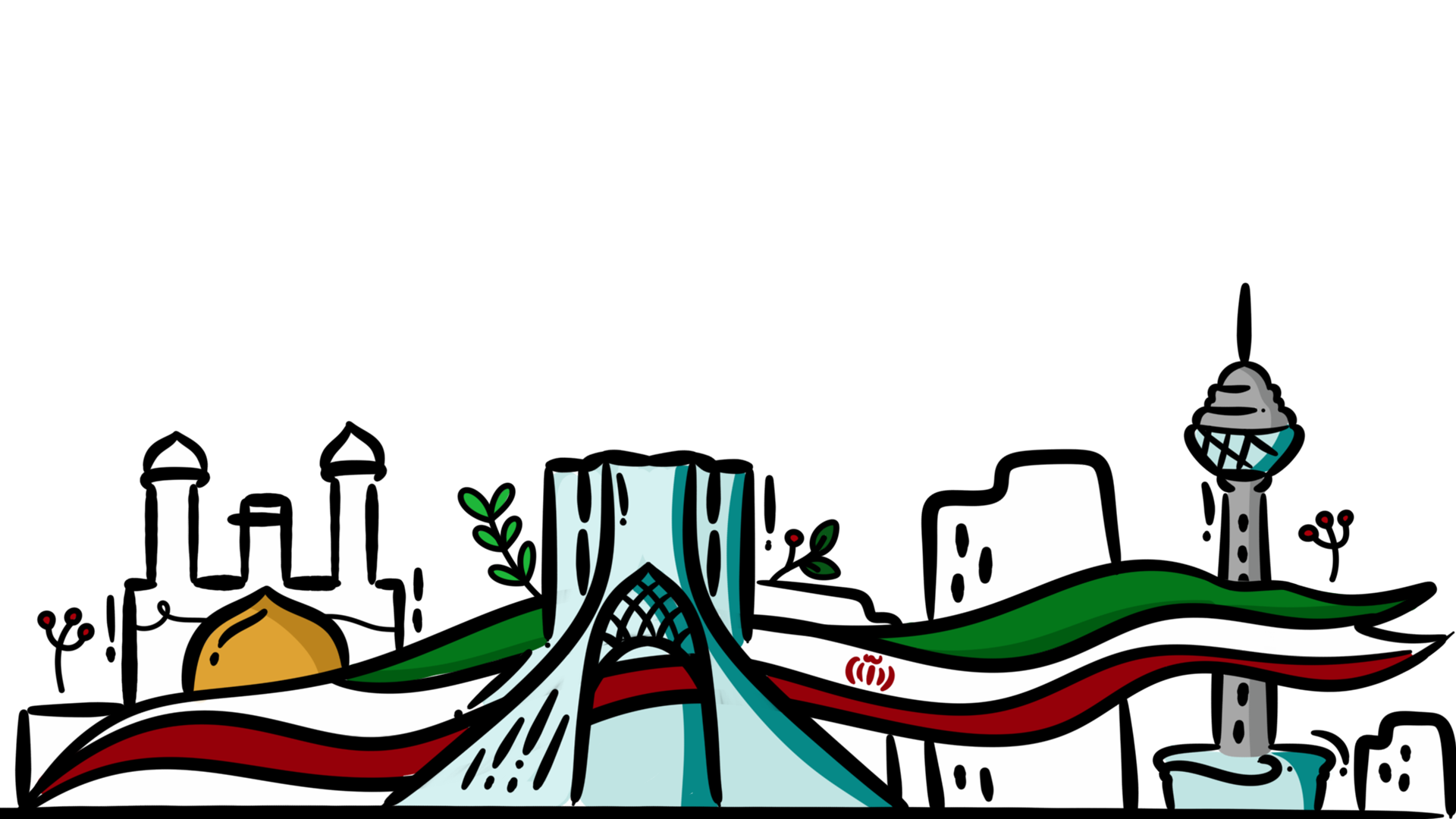

T
T